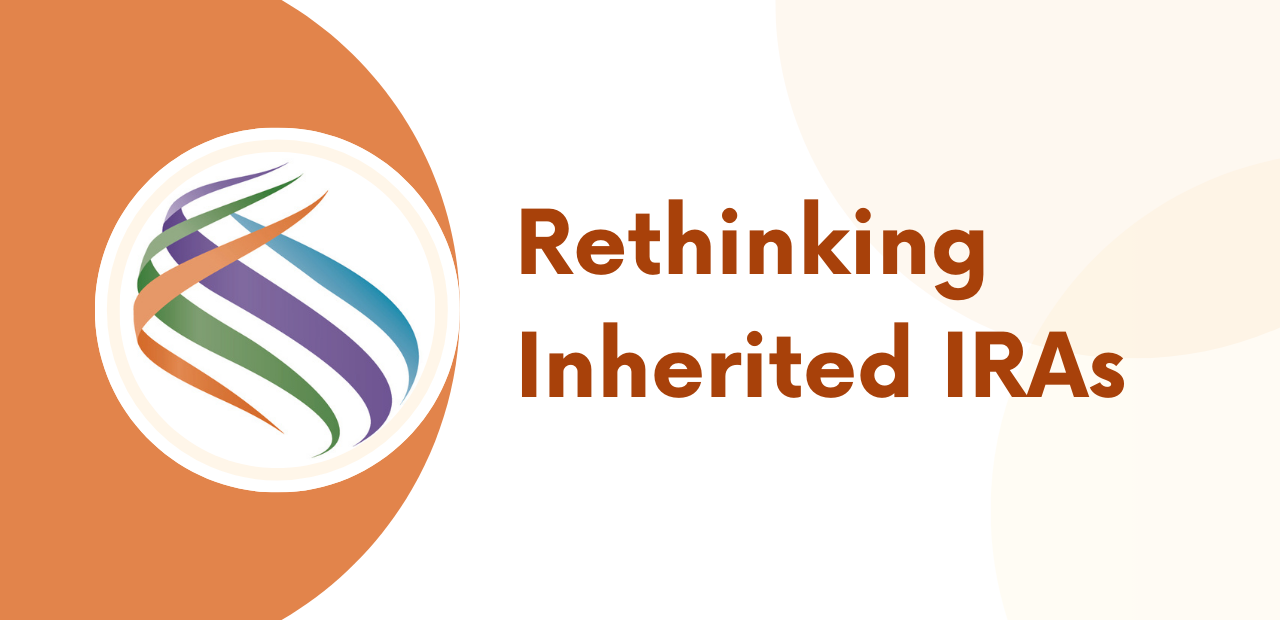As you build your estate plan and consider providing for your adult children, remember that naming them as the beneficiary of an IRA or other qualified plan should not be automatic.
If you are charitably minded and have other assets, such as highly appreciated stock, consider leaving those assets to your children first. They will inherit the stock at a “stepped up” basis, significantly reducing their capital gains tax upon sale. Naming a charitable organization, such as your donor-advised fund at the Community Foundation, as the beneficiary of your retirement account prevents the proceeds from being depleted by income tax or estate tax. In contrast, your children will have to pay income tax on the proceeds of an inherited IRA.
This consideration became even more important a few years ago when the law changed. Previously, a child named as the beneficiary of a parent’s IRA could rely on a straightforward and tax-savvy method of withdrawals called the “stretch IRA.” However, with the passage of the SECURE Act, children who inherited an IRA after December 31, 2019, must withdraw the entire inherited IRA account within a 10-year period.
If you’re evaluating options for how handling an IRA in your estate plan, consult with your advisors and the Community Foundation about leaving an IRA to your donor-advised fund, a grant making fund based on your areas of interest, or specific charities through a designated fund.
If you are a child of parents who own IRAs, bring this opportunity to their attention! Your parents might not realize that leaving their IRAs to their children could impose significant tax burdens. Encourage them to talk with their advisors and contact the Community Foundation. We are here to help make retirement accounts win a for everyone–your parents, their favorite charities, and you!






